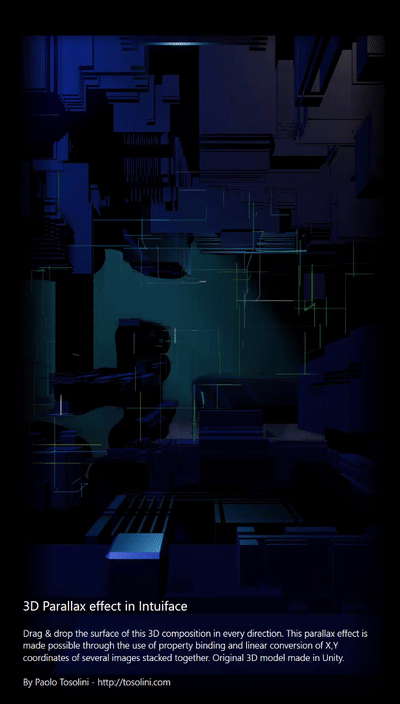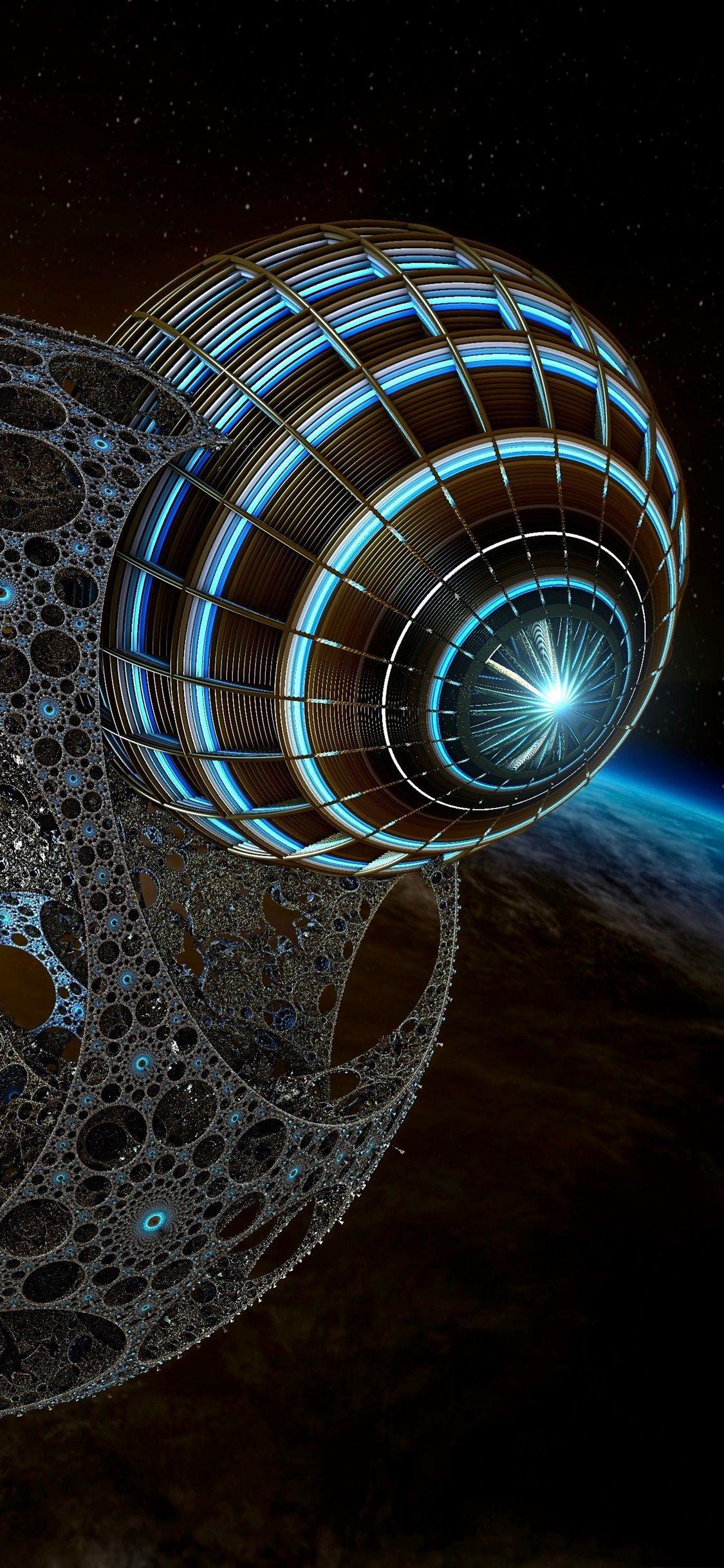
Otherwise, generation data is available in the still (non-animated) images posted.

I'll be specifically going about using this on existing images, as you're probably not trying to animate every single thing your SD generates, although it would be possible with Option 2.Īlthough I'll be mainly talking about generated images, this exact process works with just about any picture.Īttached are the two images I've showcased for you to play around with, I'd just ask for you not to re-upload them.
#3D PARALLAX EFFECTS FROM STILLS HOW TO#
Use them on the pages of your website, combine and mix them as you see fit, and make your platform even more attractive to visitors.So, you're wondering about how to create pseudo-3D parallax GIFs. Combination of Scrolling Blur and Scrolling Transparency can create an astonishing effect:Īs you can see, parallax effects have gone far from their original look and now can be used not only in a vertical dimension. Fade Out makes the image transparent at the beginning and more visible as you scroll. Fade In will make the image less visible from top to bottom. If you choose this variant, the layer’s picture will change its transparency as you scroll the page down. Fade Out is vice versa the image becomes sharper as you scroll. Fade In means that the picture is sharper at the beginning and becomes blurrier as you scroll. As you scroll the page down, the layer’s image will change its sharpness. If you want to make a user focus on some element of the section, you can add this parallax effect. This parallax effect is one of the most impressive ones and adds lots of dynamics to the page: Scrolling Blur You can choose the Direction of rotation – To Left (clockwise) or To Right (anticlockwise). In this case, the image will be rotating around the center of the section. For example, like this one: Scrolling Rotate Be aware that the picture should be high-resolution to look really good when zoomed. But besides that, it will also rotate to create an illusion of a 3D object: Scrolling ZoomĪs you scroll the page down, this parallax type will zoom in the layer’s image. If you choose this Parallax Type and set the Animation Property to “Transform 3D” as well, the layer’s image will still be moving in the opposite direction to your mouse. It can create some really cool visual effects on the front: 3D This parallax type makes the layer’s image move in the opposite direction to the movement of the mouse. You can choose the Direction of movement, whether the element will move To Right or To Left. When you choose this variant, the layer’s picture will move horizontally as you scroll. Here’s how it will look like on the front: Horizontal Scroll In this case, the element of the layer will move vertically, from top to bottom, but with a different speed regarding the background image.

When you choose this option, the picture of the layer won’t move. Here you can choose on what devices this specific parallax effect will be shown.Īnd now let’s go back to Parallax type. You may need to show the parallax effect only on specific devices. Transform is for smaller elements and Transform 3D in combination with Parallax Type “Mouse Move” makes the element look like a 3D object. You should choose Background Position if the image of this layer fills the whole background. There are also three options in the drop-down menu here. Contain changes the size of the image in the way it becomes fully visible in the section but doesn’t change its proportions. Cover will resize the image so that it fills the whole section, even if it is stretched or cut on some side.

Auto means that the image will be displayed in its original size. This option defines the size of this layout’s picture. This value can also be bigger than 100 and lesser than 0 (it can have negative value). And here you can set the vertical position of this layer’s picture regarding the background image (in percentage terms). Take into consideration that this value can be bigger than 100 and lesser than 0 (it can have negative value). Here you can set the horizontal position of this layer’s picture regarding the background image (in percentage terms). If the pictures overlap each other, the one with a bigger Z-index will be shown on top of those with the smaller Z-index. The number you type into this bar will define the priority of the layer. Take into consideration that this value could be bigger than 100. The bigger this value is, the faster and more visibly this layer’s picture will move. This option allows you to set the speed of movement for this layer.

Here you can choose the next image layer that will move over the previously chosen background picture.


 0 kommentar(er)
0 kommentar(er)
